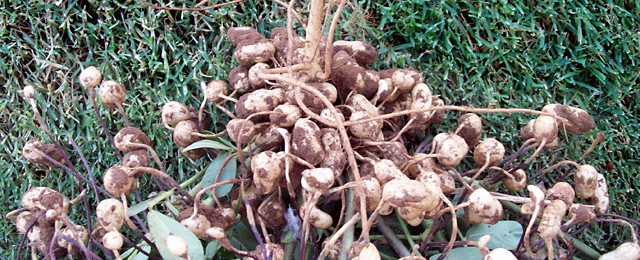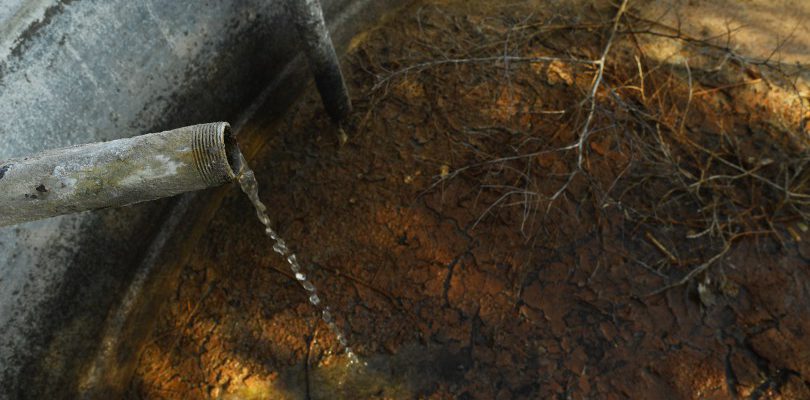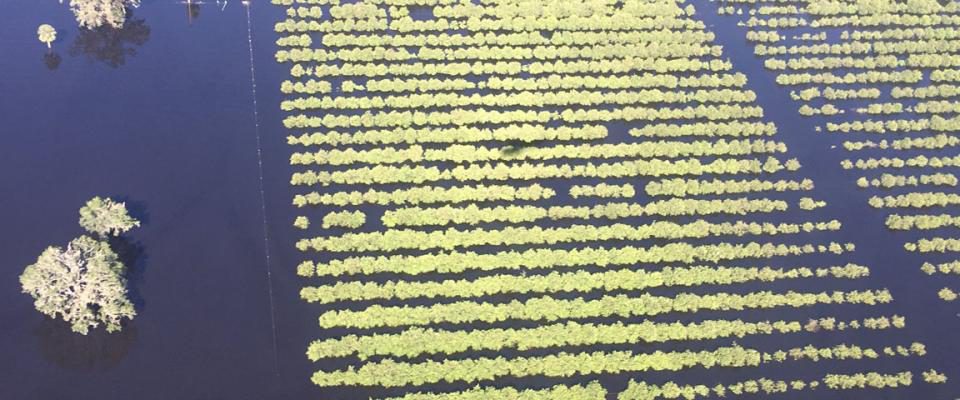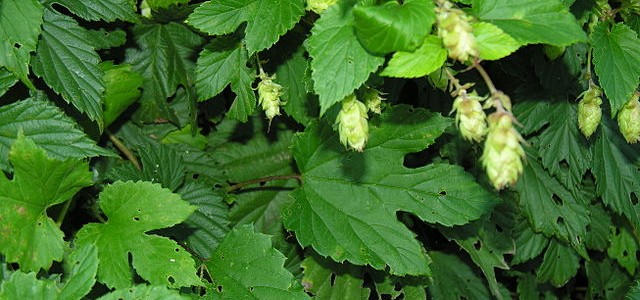Climate and Ag in the news
-

This year’s harvest of peanuts, along with what was harvested in previous years, is so large that it is expected to surpass the amount of available storage, putting farmers in uncharted territory. Weather had a lot to do with both the high yields and some of the problems that peanut farmers have had to deal…
-

The Denver Post wrote a long article this week about how farmers in eastern Colorado continue to use water from the Ogalalla Aquifer even though it is being rapidly depleted. How long will they be able to keep it up? And what will happen to grain production in the central US once they can no…
-

Watching video of the Michigan versus Michigan State football game downpour yesterday reminded me about some of the all-time great (from a weather standpoint) games I have seen in the past, including the Fog Bowl, Ice Bowl and Snow Bowl. You can read about them at https://weloveweather.tv/extreme-weather-football-collide/?utm_source=sportsweatherwlwtw100317&utm_medium=TW. https://weloveweather.tv/extreme-weather-football-collide/?utm_source=sportsweatherwlwtw100317&utm_medium=TW
-

Fruit Growers Newsletter published a story this week on the economic impacts of Hurricane Irma just to Florida agriculture. The story breaks down the losses by agricultural sector, but the total overall is over $2.5 billion. And they point out that does not include the loss of future production or the cost of rebuilding infrastructure. …
-

The Southeast Farm Press published a story today describing the rush to harvest cotton, peanuts and sweet potatoes before the wind and rain from Tropical Storm Nate descend on Alabama later this weekend. Farmers who have defoliated their cotton are especially worried about getting the cotton in, although if they have not defoliated and are…
-

North Carolina State Extension has a newly published online glossary of common terms used in discussing climate. This particular glossary is aimmed at foresters but many of the terms could be used by anyone discussing climate variability and change and how to respond to it. You can find it at https://content.ces.ncsu.edu/understanding-climate-planning-and-response-terms-within-the-forestry-context.
-

Most US-grown hops used in craft beer come from the Pacific Northwest, where the climate and sunlight conditions combine to provide the perfect environment for producing hops with just the right flavor and chemistry for beer. But some University of Florida researchers are hoping to change that with their research on growing hops in Florida…